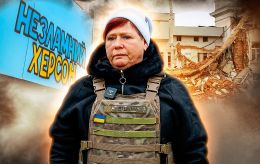Protecting the skies: How mobile air defense units take down Russian drones and missiles
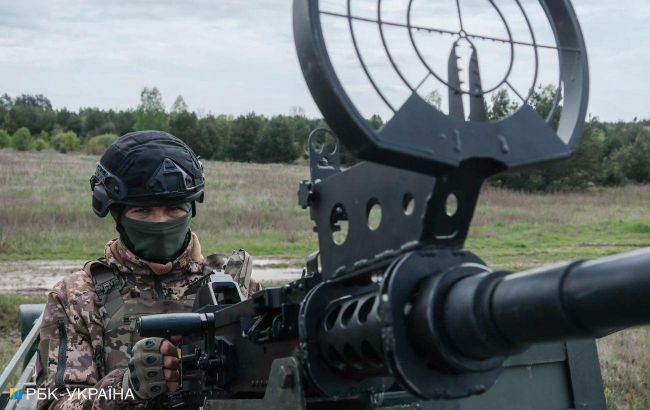 Air defense military (photo: Vitaly Nosach/RBK-Ukraine)
Air defense military (photo: Vitaly Nosach/RBK-Ukraine)
Russian troops launch drones and missiles at peaceful Ukrainian cities almost every day. In addition to modern air defense systems, mobile fire teams are on guard around the clock, using man-portable air defense systems and small arms to destroy enemy targets. Read more about their work in the RBC-Ukraine report below.
For more than two years of full-scale war, Ukrainian air defense forces have had to learn things that no one in the world has done before. Because no one has ever faced so many long-range missiles and drones in the skies. Despite the experience and skills of the military, Ukraine desperately lacks missiles for its air defense systems, which, by the way, are also not enough to close the skies over the country.
Mobile fire teams are actively working in Ukraine to strengthen the defense against enemy weapons. RBC-Ukraine spent a day with one of these units.
Air defense on the alert
As soon as an air raid alert sounds, the defenders of the sky are on the watch. The mobile fire team quickly moves to the instructed position upon the signal and swiftly deploys the system to intercept and destroy enemy targets.
Speed plays a huge role because the safety of Ukrainians depends on the work of these guys. Citizens hear in the morning reports that air defense forces have destroyed enemy targets, and this is all possible thanks to the enormous professionalism of the defenders.

Photo: Vitalii Nosach, RBC-Ukraine
While the preparations are underway, the platoon commander of the mobile fire group 'Chuzhyi' ('Alien') says that the fire group is equipped with MANPADS, small arms, Canik, Browning, and M-75. Different weapons can be used for each type of target.
"In my opinion, MANPADS are the most effective. We are working on the Shahed (drones - ed.) with small arms. We try to hit all air targets, but for the Shahed, we use Browning and machine guns."
The radar troops warn the military in advance, so they have time to prepare to hit the target, and then comes, as the soldiers say, "Nothing difficult."
"Acoustic and visual surveillance. We monitor the sector of our responsibility. As soon as we see or hear a target, we point our weapons in that direction and try to hit it," he says.
"Ready for action!" means preparations have been completed on the anti-aircraft gun and now the group is waiting for instructions to open fire if an enemy object enters the area of responsibility.
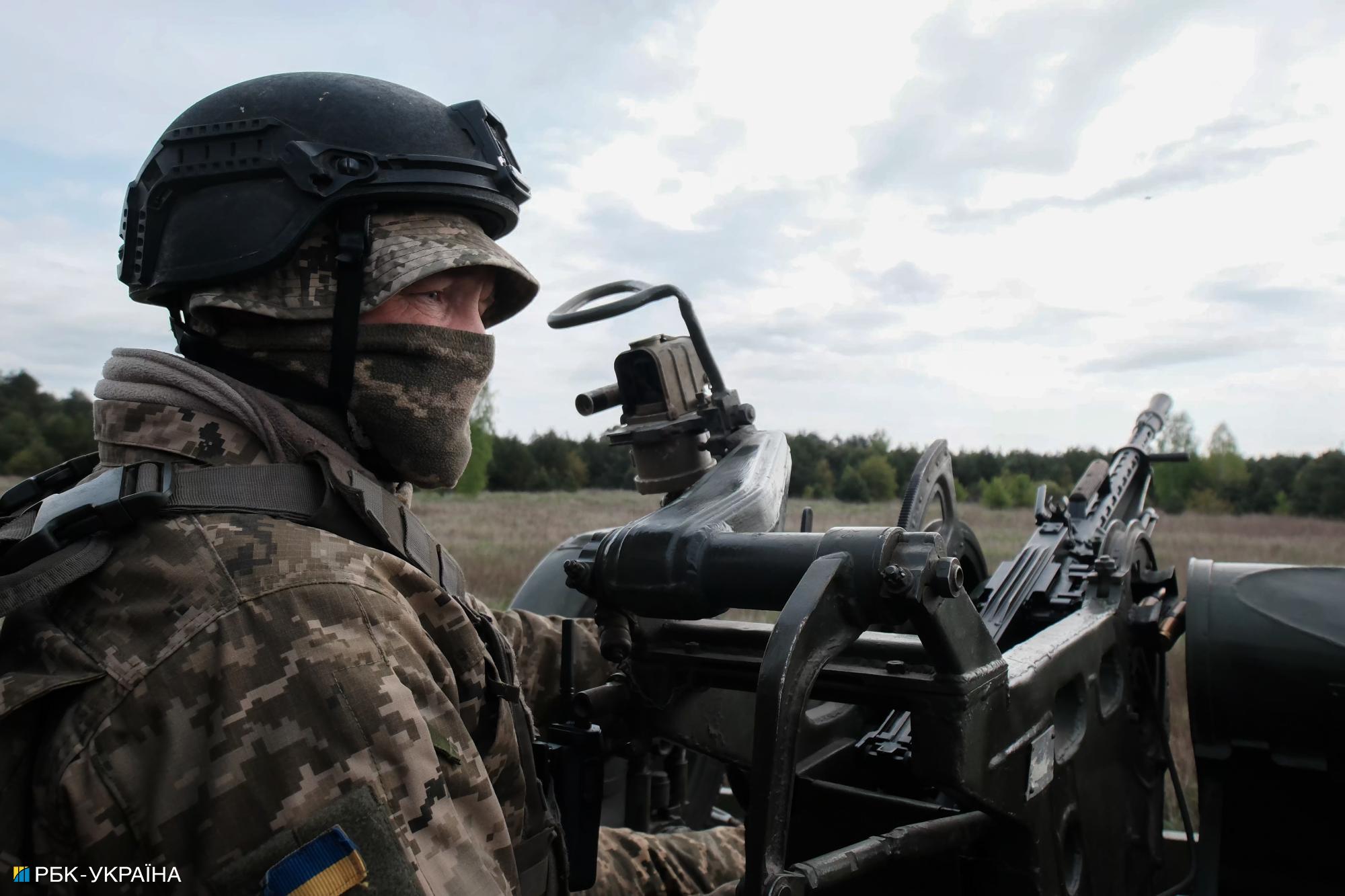 Photo: Vitalii Nosach, RBC-Ukraine
Photo: Vitalii Nosach, RBC-Ukraine
The defense of the sky is a rather meticulous process that depends on many people and the coordinated work of observers, gunners, and operators. Each action must be performed with maximum accuracy, as it determines whether the attack will be repelled.
It all starts with a signal from the radar troops. They are the first to know about enemy targets and pass it on to the fire team commander. Next, they need to make a calculation. The soldiers show their homemade device, an azimuth circle, and admit with smiles that although it looks simple at first glance, it is very effective.
"The azimuth circle is necessary to correctly identify the target. When we receive a command, for example, to fly at an azimuth of 30, at an angle of 90 or 120, we immediately are oriented. And accordingly, the assistant or the driver gives the shooter a command to point the gun, where to hit the target," says one of the soldiers.
When the ready command is given, the gunner sits down at the installation, which begins to rotate around him. He looks carefully at the sky 360 degrees without making a single movement.
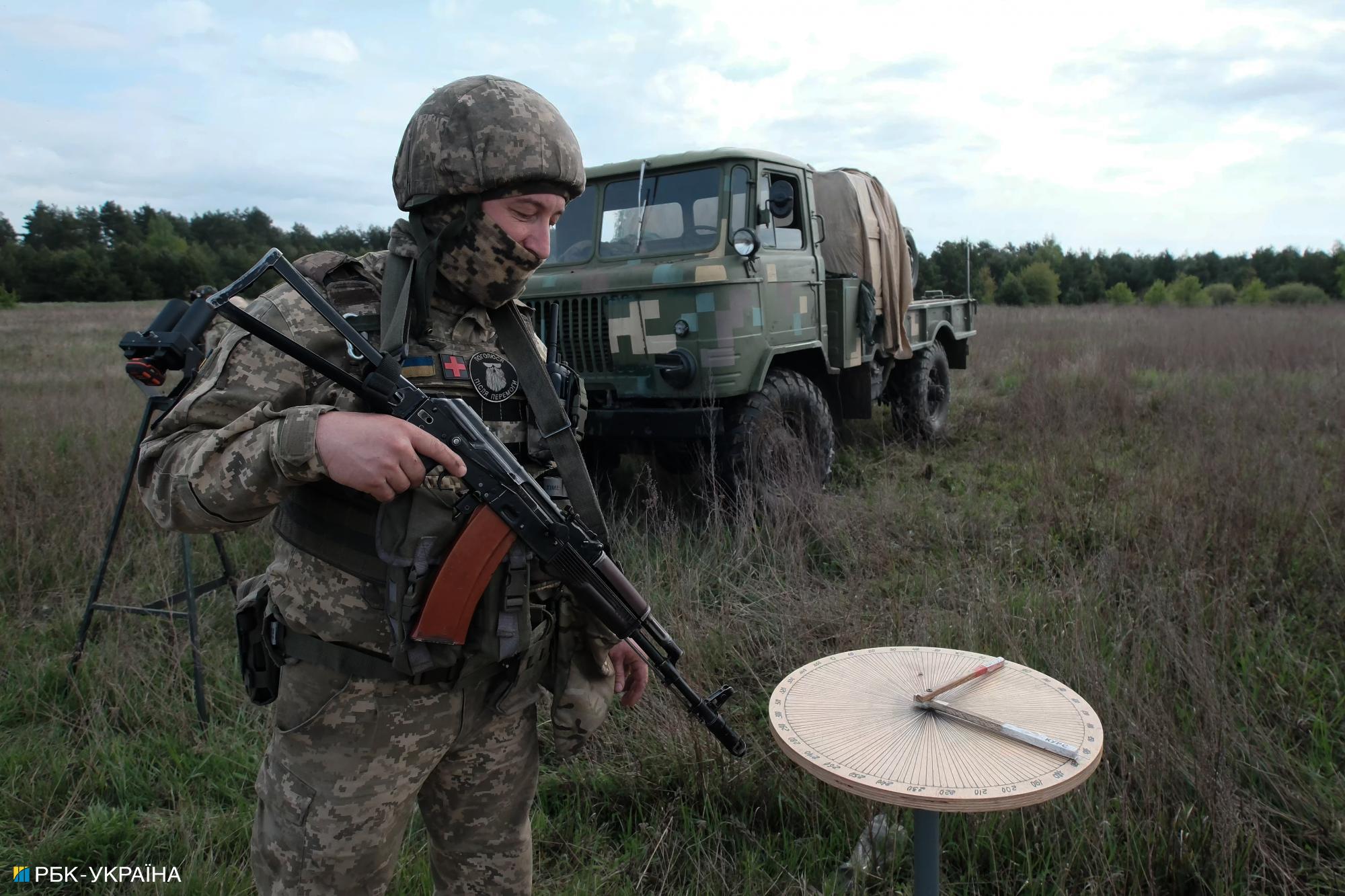 Photo: Vitalii Nosach, RBC-Ukraine
Photo: Vitalii Nosach, RBC-Ukraine
Gunners are the eyes of the whole group, especially at night. It is much harder to find a target at night. They need to focus not only on the coordinates but also first acoustically determine where the shakedown or missile is moving, then use a searchlight to illuminate it so that the shooters can destroy the target. They admit that it is very difficult at night and feel even more responsible for protecting Ukraine.
"It is easier to target during the day. At night, you first hear acoustically, then direct and catch contact with the enemy," says soldier 'Skala' ('Rock'), who shows a surveillance device that looks like a pair of large binoculars.
At night, the observers shoot a large light beam into the sky - it illuminates the black sky where the Shahed flies. It looks like a large white insect, the beam reveals it, and shooting begins. A few seconds later, there is an explosion, and the Iranian "bird" falls to the ground.
The operator of the large-caliber machine gun demonstrates his weapon, and we notice on his chevron the call sign 'Fartovyi' ('Lucky'). Apparently, he received it thanks to his good luck in combat work. But luck alone is not enough here. They open fire even before the Shahed arrives at the sector, thus increasing the probability of a hit. The Russian military is trying to do everything possible to ensure that the objects reach the target and are constantly changing their tactics.
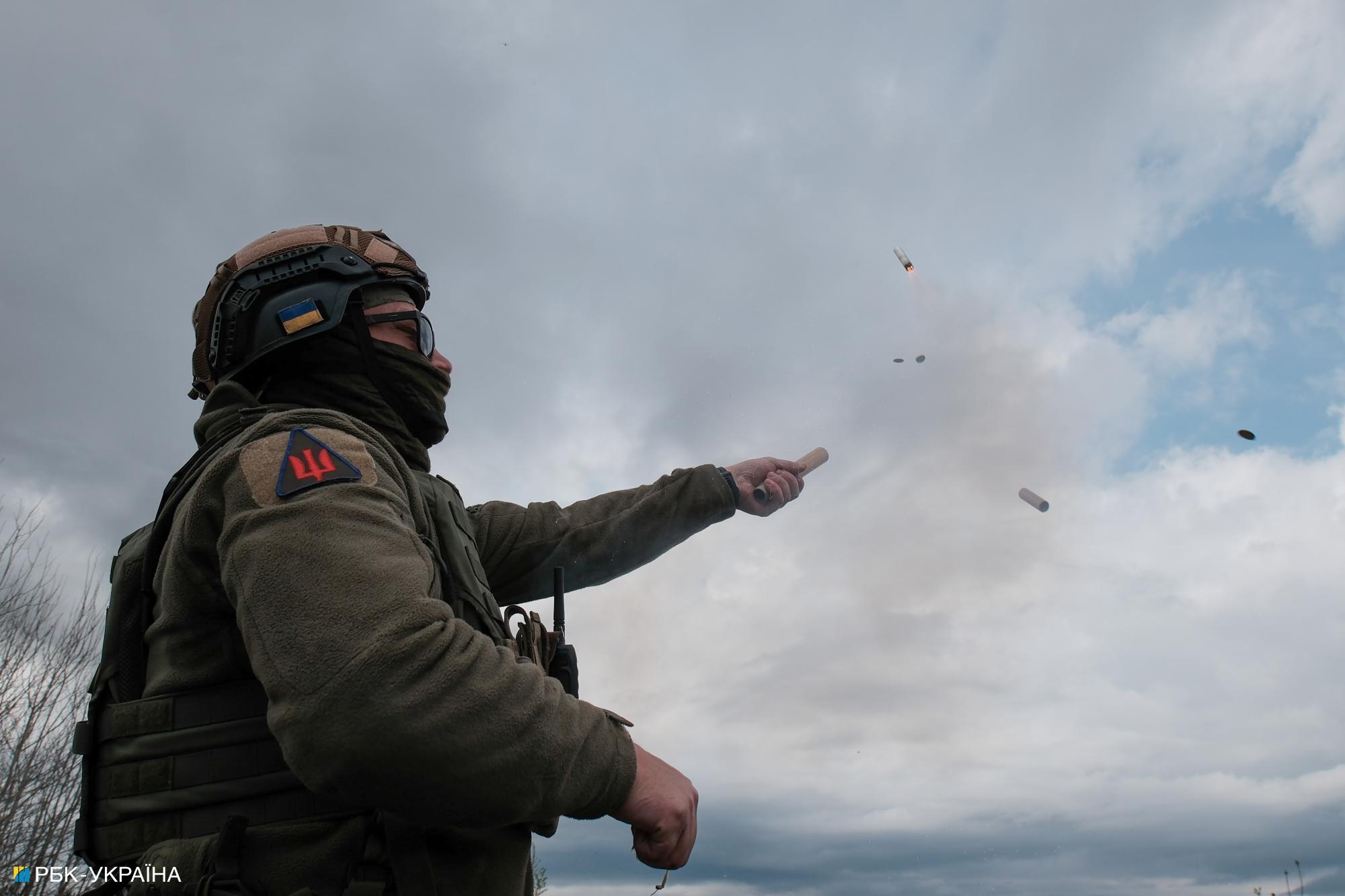
Photo: Vitalii Nosach, RBC-Ukraine
"They were flying at low altitudes at first, now they are going a little higher to complicate our work, but so far we are coping with this task."
Speed is very important for air defense forces. When radar intelligence reports targets, it's a matter of minutes, especially if it's a missile. What the military meticulously describes in the instructions, in fact, happens in a flash.
"The mobile group moves to the position, we load, cock, and look for the target in the air. The gunner gives us instructions via a tracer and we move," says one of the soldiers.
Most often, air defense systems operate on a preemptive basis, meaning they fire in front of the target rather than at it. But sometimes things change.
The platoon commander of the mobile fire group 'Chuzhyi' says that the Russians' targets are always changing. According to observations, an attack differs from another one, as sometimes it is directed as a terrorist attack to hit civilian facilities, while some attacks are aimed at critical infrastructure. So there is still enough work to do.
The mobile fire group has been defending the sky since the beginning of the full-scale war. From the very first days, the defenders have been working quite effectively, and it is confirmed by the number of targets they have shot down. Today, the number of targets shot down has decreased, although Ukrainian air defense personnel are becoming more experienced and their actions are becoming more sophisticated.
Because of a long stall in the supply of weapons and ammunition, sometimes there is nothing to shoot down with. The Russian forces were able to destroy the Trypillia thermal power plant because at some point the air defense forces ran out of missiles. That is why it is extremely important today to have not only the weapons that help soldiers defend the Ukrainian land but also those that help defend the Ukrainian sky.
